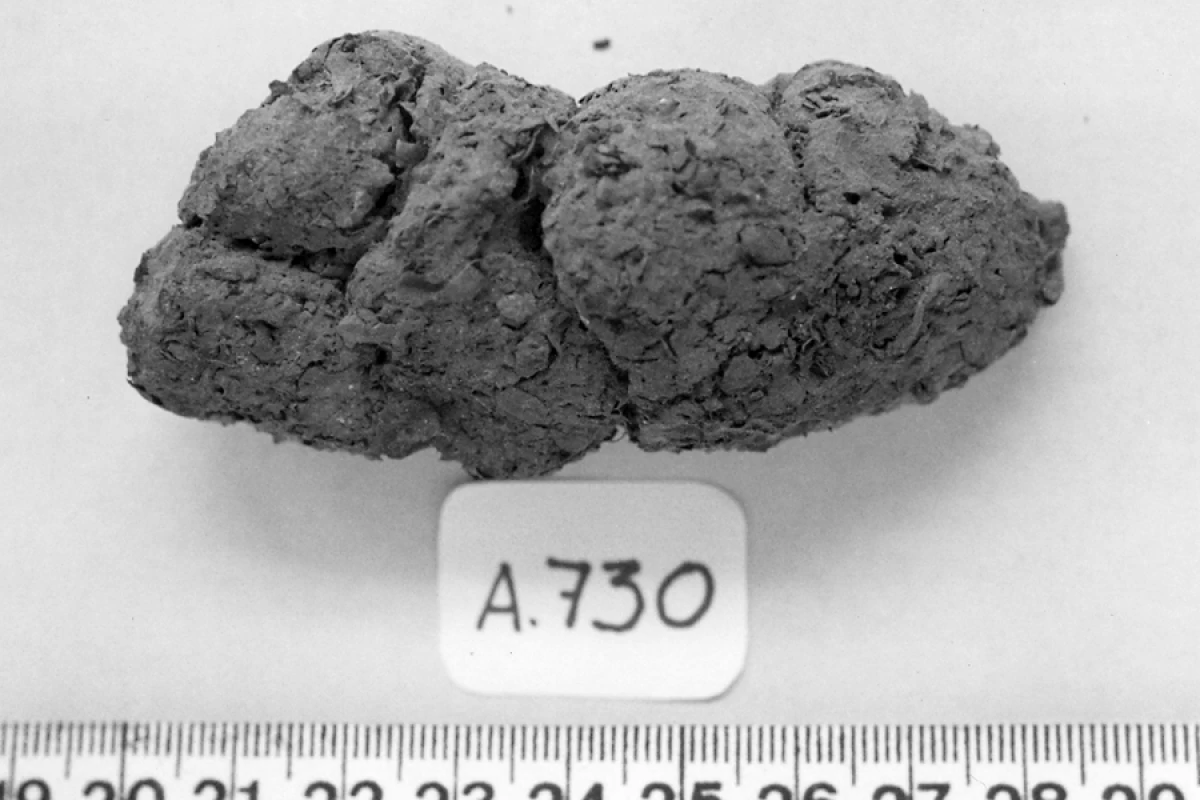If you were studying the diet of ancient humans, it certainly wouldn't help if you got their preserved feces confused with those of their dogs. A new analytical system known as coproID is designed to keep that from happening.
As you might or might not have noticed, human and canine feces can look a lot alike. It gets even harder to tell them apart when they're thousands of years old, taking the form of coprolites (fossilized feces).
Simply identifying the still-intact DNA within them might seem like the way to go, but this may simply confuse matters. Because some ancient peoples ate dogs, and dogs sometimes ate human waste, it's possible to find both types of DNA within a single coprolite – how would you know which was from the host, and which was from what it ate?
That's where coproID comes in.
Developed by scientists at Germany's Max Planck Institute for the Science of Human History, it works in two ways. First, it analyzes and quantifies all of the DNA present in one coprolite, identifying the corresponding species. Even if more than one animal is represented (such as humans and dogs), that shouldn't be a problem.
"In general, we typically see several orders of magnitude more host DNA than dietary DNA in feces," lead scientist Dr. Christina Warinner tells New Atlas.
Secondly, though, coproID also identifies the different types of gut microbes in the sample. Making up what's known as the microbiome, this distinctive combination of microorganisms is unique to different species, and even to different individuals. As a result, utilizing machine learning algorithms, it's possible to compare a coprolite's microbiome to those that are known to be from humans, dogs and other animals – and to then see which one it matches up to.
"We use both lines of analysis," says Warinner, who is also affiliated with Harvard University. "When the results are concordant (agree) we make a confident call species call. When they are discordant (which can happen because of decomposition or database limitations), we can still usually make a probable call."
The research, which also involved scientists from the University of Oklahoma, is described in a paper that was recently published in the journal PeerJ.
Source: Max Planck Institute




